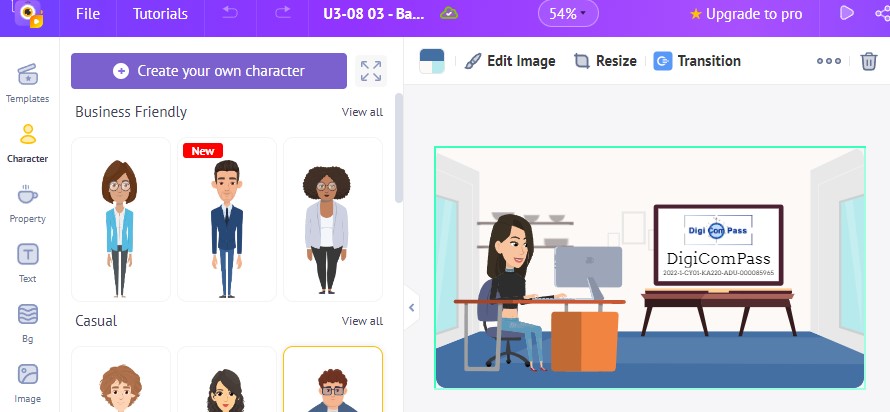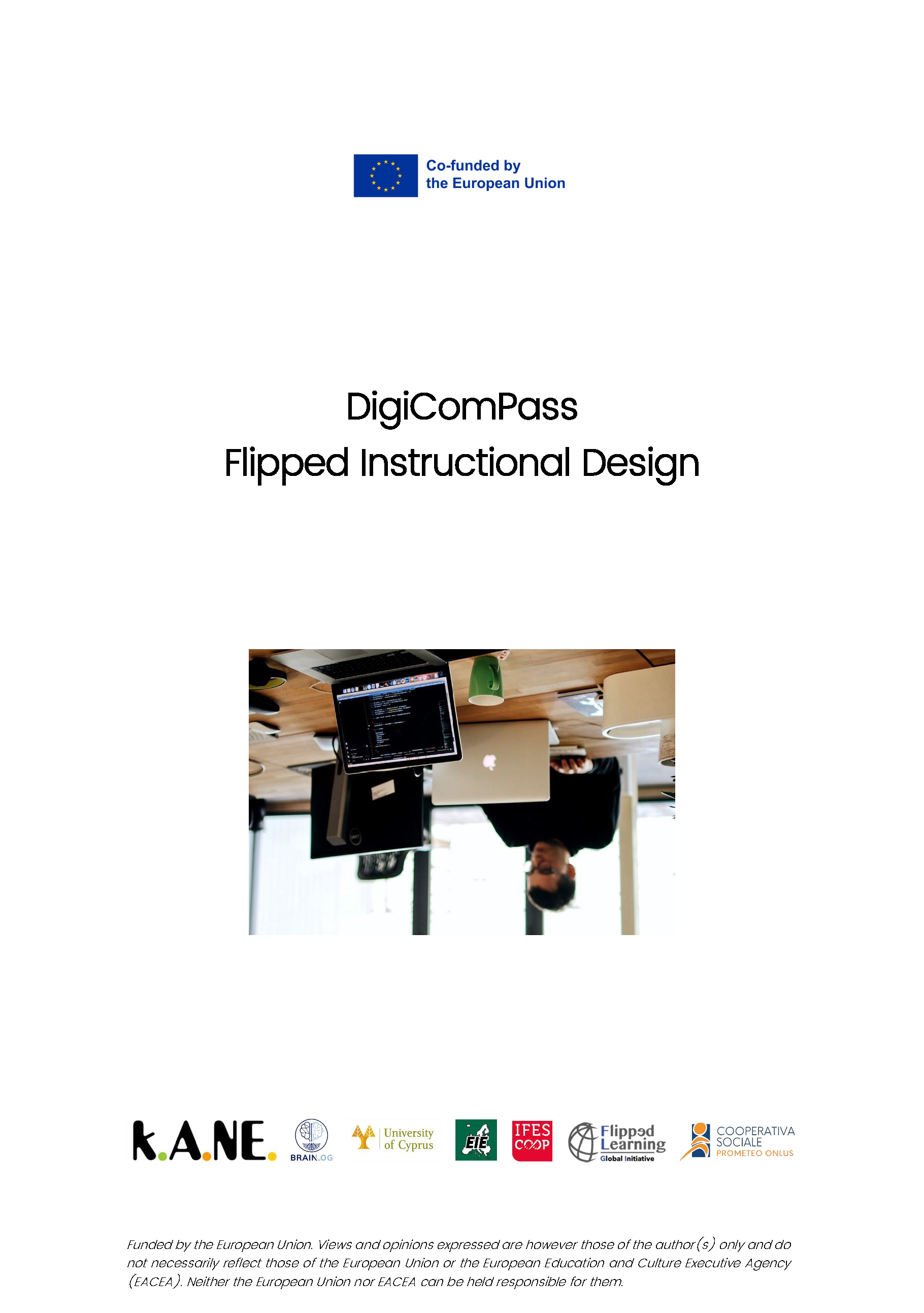
Introduction to DigiComPass Training Course
The DigiComPass Training Course is a comprehensive program designed to convey essential digital competencies to adults of all ages. This innovative course aims to equip learners with the skills to navigate the digital world confidently. In today’s interconnected society, digital competencies are essential for all adults to effectively participate in the economy, access services, and Read More …









